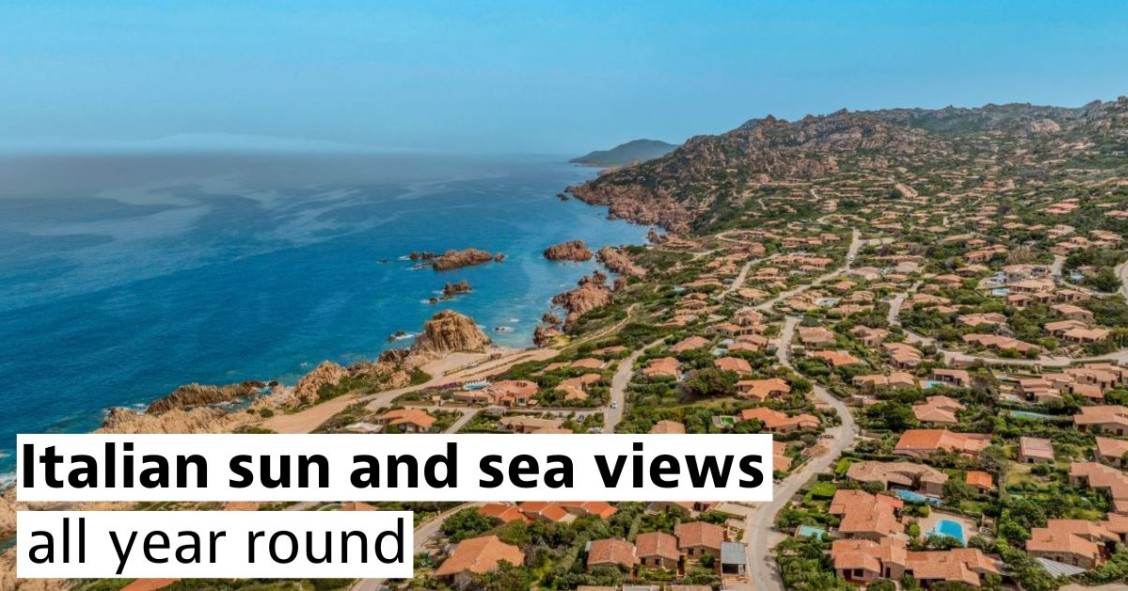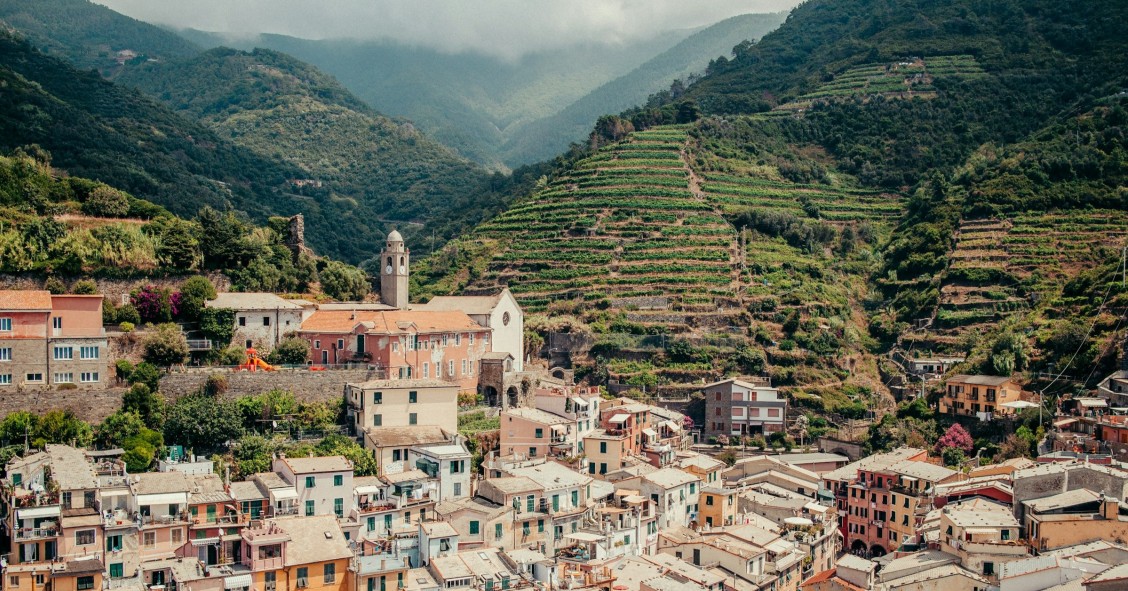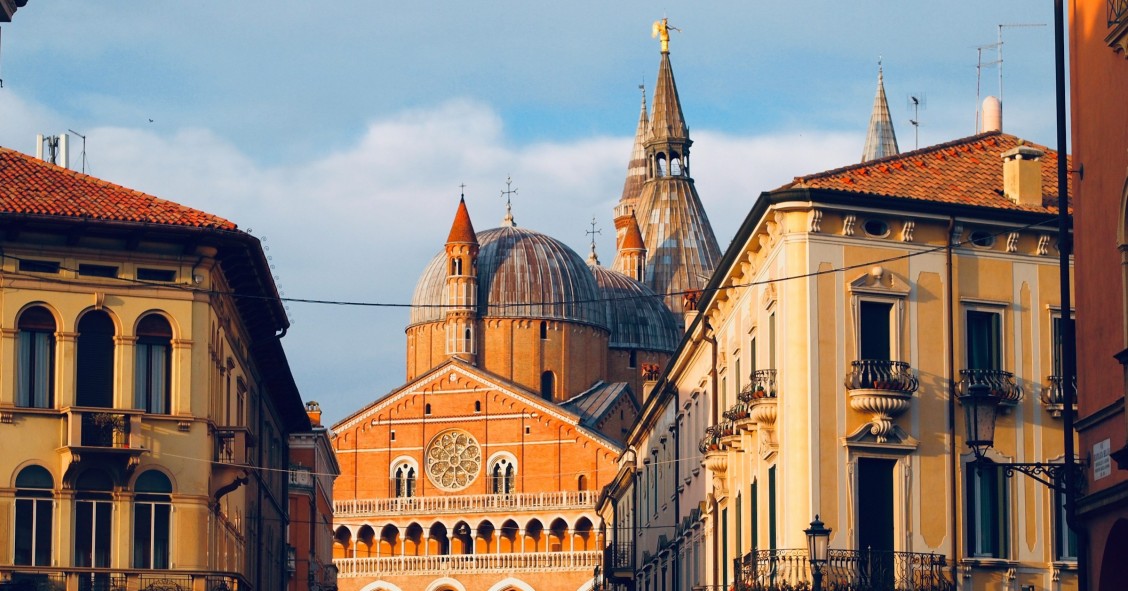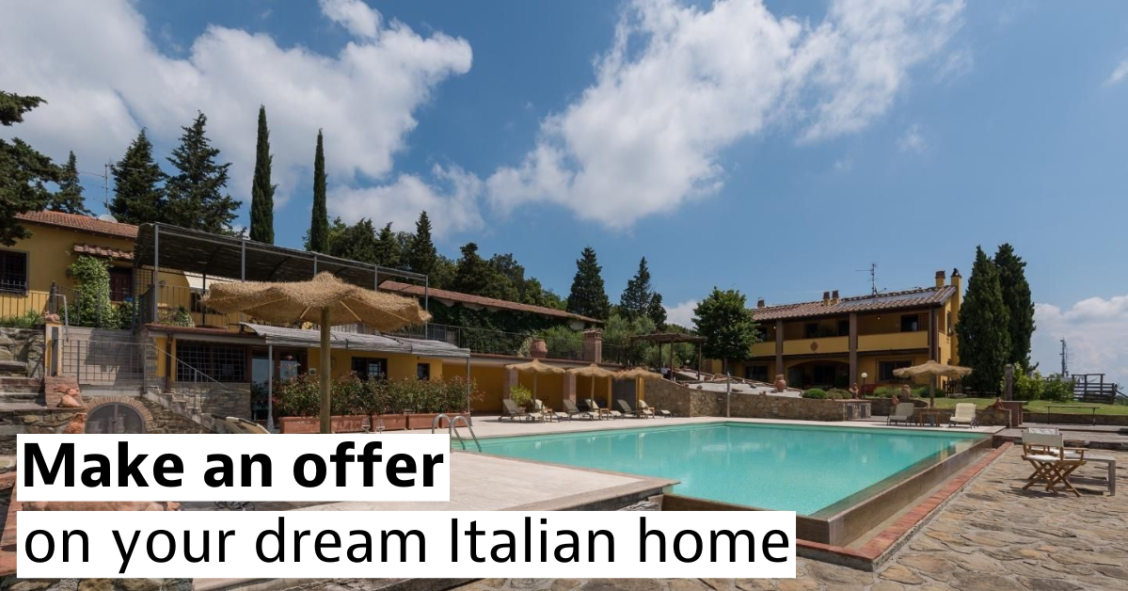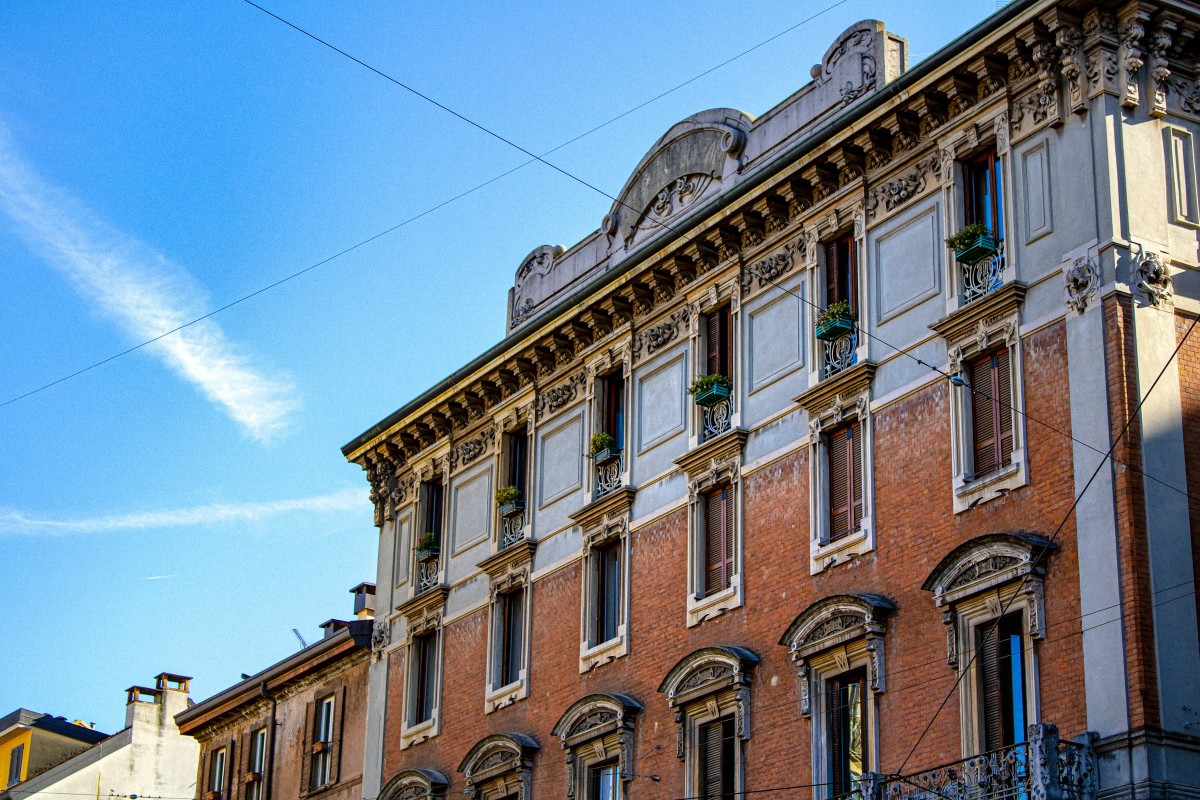
Should you go for a cosy flat or a spacious house? A property with a lift or one without? High energy efficiency or a more traditional build? Open-plan living or a separate kitchen? From north to south, what makes a dream home can vary significantly.
If you’re trying to decide between buying a home in Milan or Rome, the truth is: it depends. In 2024, Casavo analysed more than 70,000 property evaluations on its platform for both cities, uncovering key differences in property size, layout, and the availability of extra features.
Here’s what sets these two iconic cities apart when it comes to housing.
Smaller, older homes in Milan; larger properties in Rome
Homes in Milan are typically smaller (80 square metres compared to 90 in Rome) and older, often built in the 1950s, while many in Rome date to the 1960s. One- and two-room flats make up 42% of properties in Milan, reflecting a higher prevalence of smaller households. In Rome, only 25% of homes have a maximum of two rooms, while 17% boast five or more rooms, thanks to the city's historically larger housing stock.
Energy efficiency: polarisation in Rome, balance in Milan
With EU green home regulations on the horizon, a stark divide is evident in Rome: 32% of properties are rated in energy class G, while 24% are in class A. In Milan, energy ratings are more evenly distributed across classes D, E, F, and G, with only 16% of properties achieving class A.
Separate kitchens in Rome, more lifts in Milan
In Rome, 57% of homes feature separate, habitable kitchens, compared to just 41% in Milan. However, lifts are more common in Milan, present in 71% of properties versus 60% in Rome.
Garages: a valuable asset, more common in Milan
In Milan, 24% of homes include a garage, compared to 19% in Rome. However, parking spaces adjacent to properties are more frequent in the capital, with 26% of homes offering this feature versus just 9% in Milan.
A comparison that highlights urban specificities
“Our analysis reveals how the differences between Milan’s and Rome’s property markets reflect the unique character of each city,” explains Victor Ranieri, Chief Revenue Officer at Casavo. “Milan offers more compact homes, optimised spaces, and additional services tailored to a fast-paced urban lifestyle, while Rome features larger properties with more traditional layouts. These insights are invaluable for understanding local dynamics and allow Casavo to refine its services, offering increasingly personalised solutions to make buying and selling homes simple, stress-free, and effective.”



